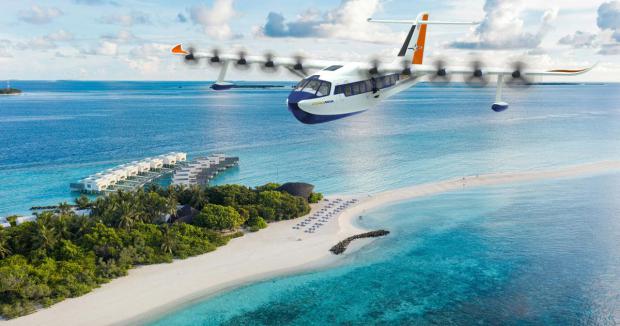
Breaking News
 $11 Trillion Quietly Moved - Americans Will Freeze & Obey When Market Collapse Hits : Chase Hughes
$11 Trillion Quietly Moved - Americans Will Freeze & Obey When Market Collapse Hits : Chase Hughes
 Econ 101 - 2026 Early Economic Forecast
Econ 101 - 2026 Early Economic Forecast
 Buy'r breaks the Blackrock monopoly- How the corporate club controls America
Buy'r breaks the Blackrock monopoly- How the corporate club controls America
 An AI Expert Warning: 6 People Are (Quietly) Deciding Humanity's Future! We Must Act Now!
An AI Expert Warning: 6 People Are (Quietly) Deciding Humanity's Future! We Must Act Now!
Top Tech News
 Build a Greenhouse HEATER that Lasts 10-15 DAYS!
Build a Greenhouse HEATER that Lasts 10-15 DAYS!
 Look at the genius idea he came up with using this tank that nobody wanted
Look at the genius idea he came up with using this tank that nobody wanted
 Latest Comet 3I Atlas Anomolies Like the Impossible 600,000 Mile Long Sunward Tail
Latest Comet 3I Atlas Anomolies Like the Impossible 600,000 Mile Long Sunward Tail
 Tesla Just Opened Its Biggest Supercharger Station Ever--And It's Powered By Solar And Batteries
Tesla Just Opened Its Biggest Supercharger Station Ever--And It's Powered By Solar And Batteries
 Your body already knows how to regrow limbs. We just haven't figured out how to turn it on yet.
Your body already knows how to regrow limbs. We just haven't figured out how to turn it on yet.
 We've wiretapped the gut-brain hotline to decode signals driving disease
We've wiretapped the gut-brain hotline to decode signals driving disease
 3D-printable concrete alternative hardens in three days, not four weeks
3D-printable concrete alternative hardens in three days, not four weeks
 Could satellite-beaming planes and airships make SpaceX's Starlink obsolete?
Could satellite-beaming planes and airships make SpaceX's Starlink obsolete?
370-mile hydrogen-electric seaplane set to clean up island hopping

For the past few years, JEKTA has been designing its Passenger Hydro Aircraft Zero Emission 100 – or PHA-ZE 100 – around a battery-electric powertrain.
The amphibious passenger aircraft will feature a composite airframe to nip corrosion in the bud, 10 electric motors/props at 180 kW each spread over the roof-mounted wings for a cruising speed of 135 knots (155 mph), and enough quick-charge battery blocks for one-hour hops "from oceanic islands to Scandinavian fjords" – with 30 minutes in reserve to cope with unforeseen flight plan changes.
It can accommodate up to 19 passengers and three crew, making use of materials for the inside such as cork, natural fiber composites and vegan leather. JEKTA recently tapped MBVision to help visualize a bunch of interior designs for the aircraft, including economy, executive, VIP and air ambulance layouts.
The company description notes that the aircraft is configured to take off and land in coastal waters, rivers, canals and lagoons as well as land-based runways. And the overall design can "accept existing and future energy storage solutions." Initial plans called for battery technology to provide the juice for the electric motors, but the partnership with ZeroAvia will invite hydrogen to the party and enable longer zero-emission flights, with larger payloads. At this stage, the collaboration is talking up range figures in the region of 500 to 600 km (310 - 373 miles) and a payload increase of one tonne.
"By working with ZeroAvia and defining a suitable fuel-cell system, we can offer our potential operator clients the choice of two fuel sources," JEKTA's CEO, George Alafinov, commented. "The hydrogen system delivers a viable alternative to electric battery power that promises a significant increase in the range of our PHA-ZE 100, which will suit operators serving longer regional routes. In contrast, the battery power option will suit shorter-range missions and operators flying in locations where electric power is more cost-effective and accessible."

 First totally synthetic human brain model has been realized
First totally synthetic human brain model has been realized Mach-23 potato gun to shoot satellites into space
Mach-23 potato gun to shoot satellites into space

